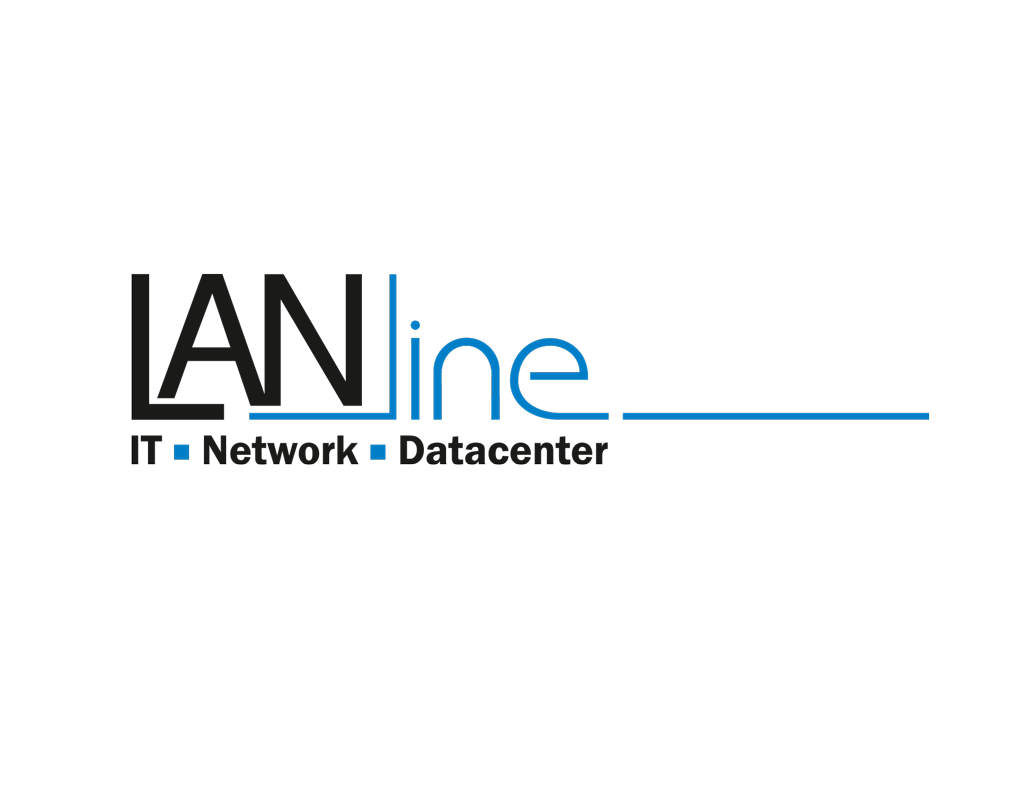
Data centers are high security areas. Intelligent monitoring and access control through a cloud-based video management platform can increase security. Both data center operators and their security services benefit from camera systems that are connected to a central cloud infrastructure. This means that the locations in question can be monitored from anywhere: employees of the operator or the security service can securely observe the property from a distance and have a central view of individual areas from anywhere – on their own screen, on the smartphone or on the monitor in the responsible control center. The scenario under the microscope.
A scalable cloud supports existing digital and analog cameras from different manufacturers. Network operators therefore do not need a completely new network, for example to secure a side exit or to better control access to the data server. Administration teams can gradually implement new cameras and quickly monitor new areas of a building at any time.
The intelligent overview
External cameras cover every corner of the facade and the entire outdoor area including the underground car park. Inside, those responsible can freely mount the cameras in the entrance area or in rooms and corridors. In view of the additional security, the hardware costs should only play a subordinate role. A cloud-based platform not only transmits a permanent live stream of events. The users can also precisely control when the system sends an alarm. The hardware automatically forwards and manages the alarms. Security services and employees can use their user account to evaluate what is happening in real time. Users define when an alarm should occur.
Those in charge literally draw the boundary lines or restricted areas valid for each room in the camera image on their computer screen. If people cross these limits, for example in the reception area, the system automatically alerts those responsible. The time also plays a role: the security service remotely controls entry and exit via the entrance area at night using digital access control. Such a control around the clock is recommended for the server area. Personnel and security service providers then see the arriving people and, if necessary, open each door individually for each person. In the parking garage, IP cameras recognize the license plate of a car so that only authorized vehicles are allowed to enter. These rules can be set granularly for each camera and thus for each area and tailored to the specific conditions of a data center. If unauthorized persons ignore these rules, this triggers an alarm. Such an intelligent platform avoids false positives. It distinguishes cars or people from animals or trees that move in the wind. With the appropriate specifications, the platform evaluates security-relevant events automatically, accurately and quickly.
Submit material on the network
Cloud platforms also offer a high level of network technology and competence in order to reliably and efficiently transmit the video material to any location. If configured accordingly, the video recorder only records sequences locally or sends them immediately to the cloud via the bridge in the event of an alarm. If the network only transmits sequences that are recognized as relevant, this saves bandwidth and storage space in the data center – and thus costs. For reasons of efficiency, administration teams also reduce the amount of data transferred by using a lower resolution and frame rate or a higher MPEG compression.
Video interfaces also not only transmit the material in real time. In order to initiate further measures, administration teams can replay sequences within a few seconds. An efficient video buffer helps to analyze what is happening without losing the overview. The sequences are also protected against manipulation and can be transmitted and saved in encrypted form. So that the recorded material has evidential value in later legal proceedings, for example, the Network Time Protocol (NTP) synchronizes the time of the on-site systems with the IT infrastructure and thus also ensures correct chronological data series. Network protocols support the management of the monitoring platform. The latter guarantees the interoperability of the various systems through standardized protocols and interfaces.
In addition, IT administration teams manage the individual systems centrally from the cloud. They automatically distribute software, firmware and version updates over the network and uniformly play out system configurations. They monitor the functionality of cameras, digital video recorders or bridges using the Simple Network Management Protocol (SNMP). In addition, platform services offer further options for protecting on-site hardware such as cameras or appliances. As soon as unauthorized persons block, cover, move or switch off cameras, the bridge reports the manipulation directly to the control center. The on-site hardware is protected by anti-malware software and the closing of open ports.
Data security and data protection
Cloud systems make it easier for companies to comply with local data protection rules such as the General Data Protection Regulation (GDPR). After an individually set deadline, the video management system automatically deletes all images. According to the supervisory authorities, companies in Germany are allowed to store the data for a maximum of 72 hours. Whether companies are allowed to keep the data longer or have to delete it after the above period depends on the individual case or on a legitimate interest. Such an interest exists in the event of a break-in or sabotage. If evidence needs to be secured in these cases, those responsible can index and archive the material. However, companies should seek professional and individual advice on the legal situation in each individual case.
The same applies to the protection of a data center: Information in the cloud is secure and always available – often even better than in an on-site hardware solution. This is because a cloud provider undertakes to install and manage the best possible IT security technology. After all, the provider must be able to ward off possible attacks on customer data in the data center and be able to justify itself in an emergency. As soon as critical data is transferred to the network and is no longer available locally, the loss of a video recorder is regrettable, but it is not a reportable incident of disclosed data that is relevant in terms of the General Data Protection Regulation.
In the News
Covered on these news sites. Click image to read more.

Other posts that might interest you

Wall Street Journal – The Daily Startup: Barracuda Networks Co-Founder Launches Video Surveillance Startup
Barracuda Networks Inc. co-founder Dean Drako is launching another company–Eagle Eye Networks Inc., a startup that aims to do for video surveillance what Dropbox did for file sharing by making…
June 26, 2014
Dow Jones: Serial Entrepreneur and Ex-Barracuda CEO Launches Eagle Eye Networks to Take Video to the Cloud
Dow Jones wrote about our Founder and our Launch. Click Here to read the full article (pay wall)
January 21, 2014
Security Info Watch: Eagle Eye Networks enters VMS market
Barracuda Networks Founder Dean Drako discusses why he started a video security company. Click Here To Read the Full Article
January 23, 2014





